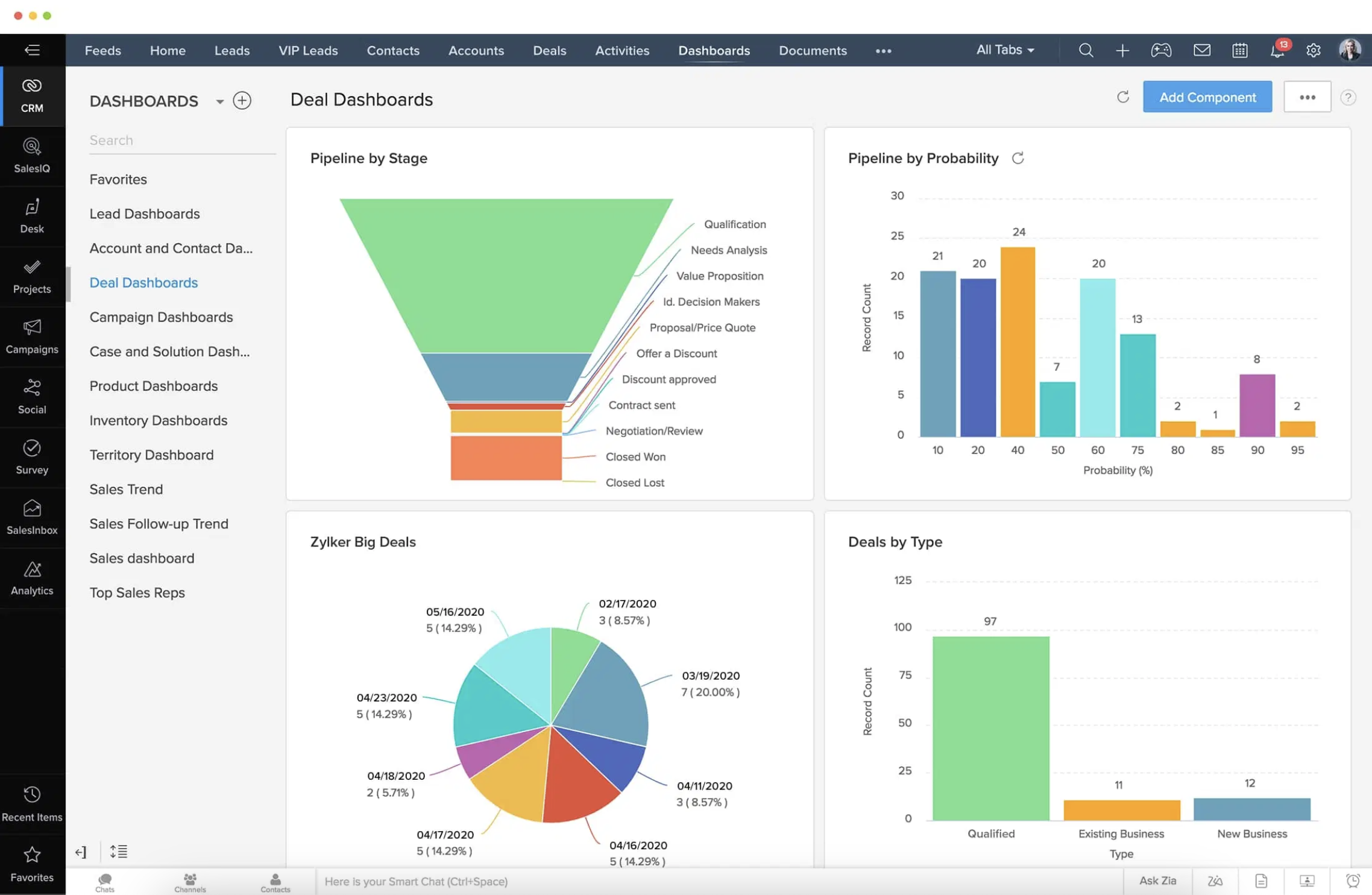How To Mesaure Marketing ROI In 5 Steps

In the business world, measuring the return on investment (ROI) of your marketing campaigns is crucial. This helps you see how profitable your efforts are and guides you in making decisions based on real data. In this article, we'll walk you through the five key steps to effectively measure marketing ROI. By following these steps, you can get a clear picture of your marketing performance and ensure you're on the path to steady growth.
Step 1: Set Clear Marketing Goals
Setting clear goals is key to measuring and improving your marketing ROI. Well-defined goals provide direction and focus for your marketing efforts. To establish effective goals, use the SMART framework:
- Specific: Clearly define your goals. For instance, instead of aiming to "increase brand awareness," set a target like "achieve 25% higher brand recognition among our target audience within six months."
- Measurable: Make sure your goals are quantifiable and can be tracked using metrics. For example, "generate 1,000 new email subscribers" or "boost website traffic by 20%."
- Achievable: Set ambitious yet realistic goals based on your resources and capabilities. Unrealistic goals can demotivate your team and lead to wasted efforts.
- Relevant: Align your marketing goals with your overall business objectives. They should directly contribute to important outcomes like boosting revenue, attracting more customers, or improving retention.
- Time-bound: Set clear deadlines for achieving your goals. Having a timeline creates a sense of urgency and helps you track progress effectively.
Here's an example of a SMART marketing goal: 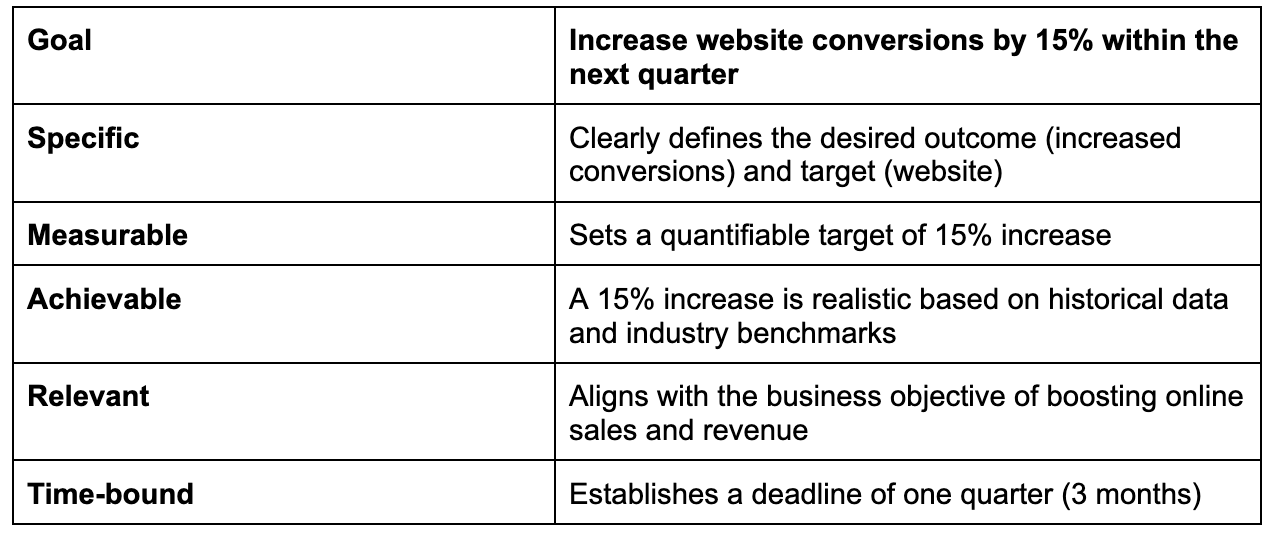 Choose the right key performance indicators (KPIs) to track progress toward your SMART goals. Relevant KPIs for the above example include website traffic, conversion rate, bounce rate, and average order value. Get input from relevant stakeholders when setting your marketing goals. Clear goals help ensure everyone is on the same page and working towards the same objectives, ultimately boosting your marketing ROI.
Choose the right key performance indicators (KPIs) to track progress toward your SMART goals. Relevant KPIs for the above example include website traffic, conversion rate, bounce rate, and average order value. Get input from relevant stakeholders when setting your marketing goals. Clear goals help ensure everyone is on the same page and working towards the same objectives, ultimately boosting your marketing ROI.
Step 2: Choose Key Performance Indicators
Once you've set clear marketing goals, the next step is identifying the key performance indicators (KPIs) that will help you measure your progress. KPIs offer measurable metrics for tracking the performance of your marketing campaigns and strategies. Remember, your chosen KPIs should be tailored to your marketing goals and strategies. Regularly monitoring and analyzing these KPIs will help you optimize your marketing efforts, make data-driven decisions, and ultimately improving your ROI. Here are some common KPIs to consider:
Conversion Rate
Conversion rate measures the percentage of visitors who complete a desired action, such as making a purchase, filling out a form, or subscribing to a newsletter. It's a fundamental KPI for tracking how well your marketing efforts drive conversions. 
Cost Per Acquisition (CPA)
Cost per acquisition (CPA) calculates the average price of acquiring a new customer. It helps evaluate the ROI of paid marketing campaigns, such as Google Ads or social media advertising. 
Customer Lifetime Value (CLV)
 Customer lifetime value (CLV) measures the total revenue a customer will generate over their entire relationship with your business. It helps understand how valuable each customer is in the long run and how well your marketing and customer retention strategies work.
Customer lifetime value (CLV) measures the total revenue a customer will generate over their entire relationship with your business. It helps understand how valuable each customer is in the long run and how well your marketing and customer retention strategies work. 
Website Traffic
Tracking website traffic can give you a good idea of how effectively your marketing campaigns get people to visit your site. You can break down this KPI by where the traffic is coming from—like search engines, ads, or social media—to see which channels bring in the most visitors. 
Social Media Engagement
Social media engagement metrics like likes, shares, comments, and mentions can be valuable KPIs for businesses that build brand awareness and community. These metrics give you a sense of how much your content connects with your audience and how interested they are in what you’re putting out there.  To further enhance your marketing efforts, consider incorporating customizable giveaways as a strategy. Exciting prizes tailored to your audience can encourage participation and provide valuable insights for future marketing decisions. With tools like Raffle Leader, it’s easier than ever to create beautiful giveaways, contests, and sweepstakes, and customize them to suit your needs.
To further enhance your marketing efforts, consider incorporating customizable giveaways as a strategy. Exciting prizes tailored to your audience can encourage participation and provide valuable insights for future marketing decisions. With tools like Raffle Leader, it’s easier than ever to create beautiful giveaways, contests, and sweepstakes, and customize them to suit your needs.
Step 3: Establish Benchmarks
Setting benchmarks helps you measure the success of your marketing efforts. Benchmarks give you a reference point to evaluate your performance and decide if your strategies need adjustments.
Use Industry Standards
One way to set benchmarks is to look at industry averages for your chosen KPIs. Industry reports and surveys can show you what good performance looks like in your field. For instance, if you're tracking email open rates, you can find benchmarks specific to your industry to see how you perform against competitors.  Remember that industry averages are general guidelines, and your specific benchmarks may differ based on your business, target audience, and marketing strategies.
Remember that industry averages are general guidelines, and your specific benchmarks may differ based on your business, target audience, and marketing strategies.
Analyze Past Performance
Another approach is to check out your track record. Look at your past marketing campaigns and identify the KPI values you consider successful or satisfactory. These can serve as benchmarks for future campaigns, helping you see if you're doing better or worse over time. For example, if you hit a 3% conversion rate on your website during a big product launch last year, you could set that as a benchmark for your upcoming campaigns.
Monitor Competitors
Checking out how your competitors are doing can give you some good pointers for setting your own benchmarks. Even if you don't have all the data, you can still get a sense of how they're doing by looking at public sources, industry reports, or tools from outside sources. For example, suppose your top competitors always have higher website traffic, social media engagement rates or even have their content go viral. In that case, you can use their performance as a benchmark to aim.
Update Benchmarks Regularly
Benchmarks aren't fixed; they should be reviewed and adjusted as your business goals, market conditions, or industry trends change. Continuously monitor your performance and update your benchmarks to ensure they remain relevant and challenging. By setting realistic and meaningful benchmarks, you can effectively evaluate the success of your marketing efforts, identify areas for improvement, and make data-driven decisions to optimize your strategies and maximize your return on investment.
Step 4: Calculate Marketing ROI
Calculating your marketing ROI involves determining the revenue generated from your marketing campaigns and the costs of running those campaigns. The basic formula for calculating marketing ROI is: Marketing ROI = (Revenue - Marketing Cost) / Marketing Cost Here's a step-by-step guide to help you:
-
Determine the Revenue Generated
Track the revenue directly attributed to your marketing campaigns, which could include:
-
Sales from a specific promotion or ad campaign
-
Revenue from new customers acquired through marketing efforts
-
Subscription or recurring revenue from marketing-driven sign-ups
-
Calculate the Total Marketing Cost
Identify all costs associated with your marketing efforts, such as:
-
Advertising spend (e.g., PPC, social media ads, influencer marketing)
-
Content creation costs (e.g., copywriting, video production, graphic design)
-
Marketing software and tools (e.g., email marketing, CRM, analytics)
-
Agency or consultant fees
-
Salaries or wages for marketing staff
-
Apply the ROI Formula
 Once you have the revenue and cost figures, plug them into the formula: Marketing ROI = (Sales - Marketing Cost) / Marketing Cost For example:
Once you have the revenue and cost figures, plug them into the formula: Marketing ROI = (Sales - Marketing Cost) / Marketing Cost For example:  This means that for every $1 spent on marketing, you generated $4 in revenue or a 400% return on your investment.
This means that for every $1 spent on marketing, you generated $4 in revenue or a 400% return on your investment.
-
Interpret the ROI Results
A positive ROI indicates that your marketing efforts are profitable, while a negative ROI suggests that you're spending more than you're earning.
-
ROI > 0: Profitable marketing campaign
-
ROI = 0: Breaking even (revenue equals cost)
-
ROI < 0: Unprofitable marketing campaign
-
Refine Your Calculations
For a more accurate ROI calculation, consider factors like:
- Customer lifetime value (CLV) instead of initial revenue
- Attributing revenue across multiple marketing channels
- Accounting for indirect or long-term revenue impacts
Additionally, use tools like marketing attribution software or CRM systems to track where your revenue is coming from. These tools help you pinpoint which marketing efforts are paying off the most. By regularly calculating and analyzing your marketing ROI, you can make data-driven decisions, optimize your marketing strategies, and maximize your return on investment.
Step 5: Use Tools for ROI Tracking
To make measuring marketing ROI easier, use the right tools and software. Here are a few popular choices:
Google Analytics
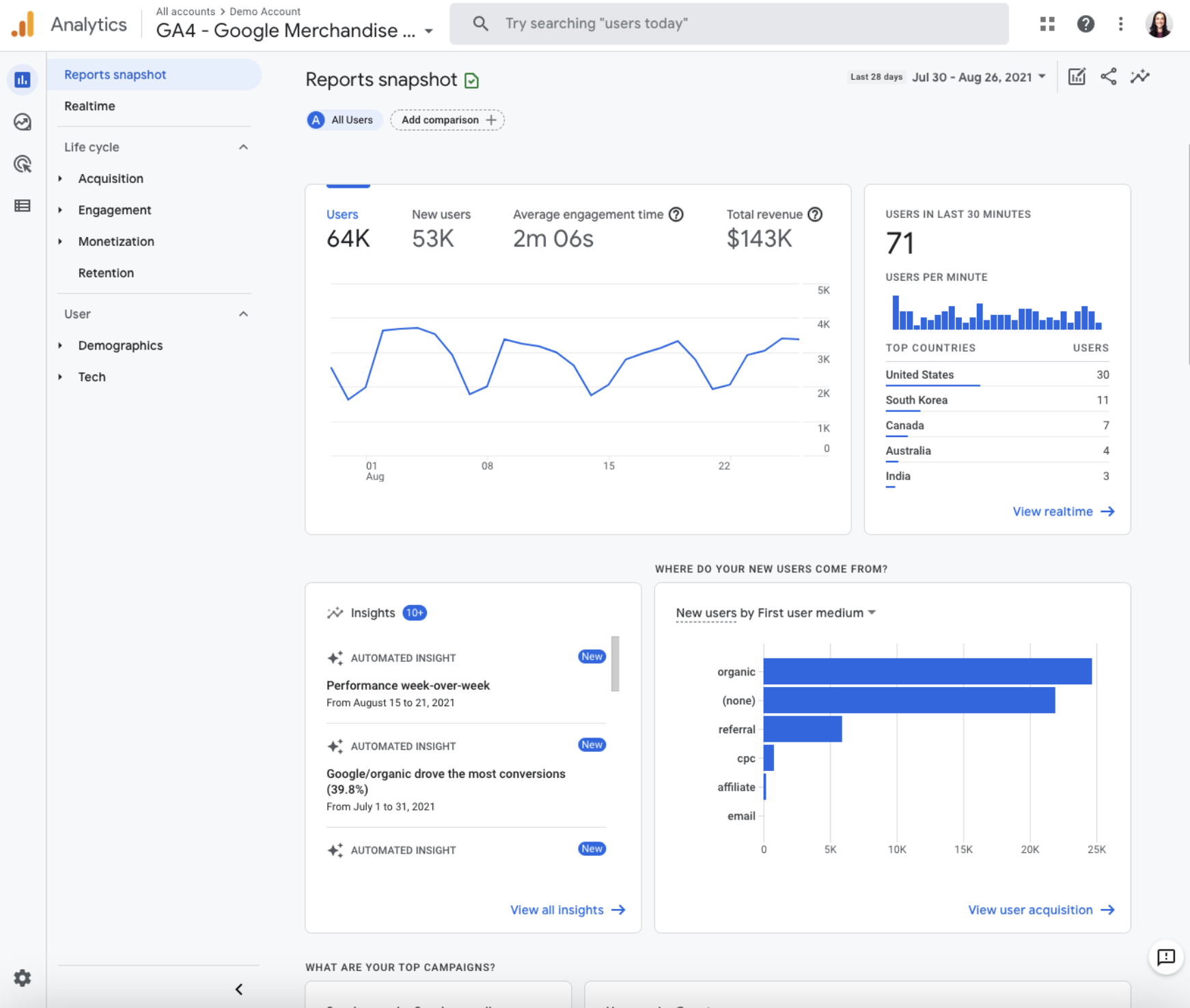 Google Analytics is a free web analytics tool that provides insights into website traffic, user behavior, and conversions. With features like e-commerce tracking and goal setting, you can quickly determine which marketing channels and campaigns generate revenue, simplifying the process of calculating ROI.
Google Analytics is a free web analytics tool that provides insights into website traffic, user behavior, and conversions. With features like e-commerce tracking and goal setting, you can quickly determine which marketing channels and campaigns generate revenue, simplifying the process of calculating ROI.
Marketing Automation Platforms
Tools like HubSpot, Marketo, and ActiveCampaign offer marketing automation features. These include campaign tracking, lead scoring, and revenue attribution. Their analytics and reporting functionalities give insights into your marketing performance and enable you to calculate ROI across different channels.
CRM Software
Customer Relationship Management (CRM) systems like Salesforce, Zoho CRM, and HubSpot CRM help you track leads, opportunities, and closed deals. They provide a comprehensive view of revenue generated from marketing efforts. Many CRMs integrate with marketing automation platforms for seamless data sharing and ROI analysis.
Social Media Analytics Tools
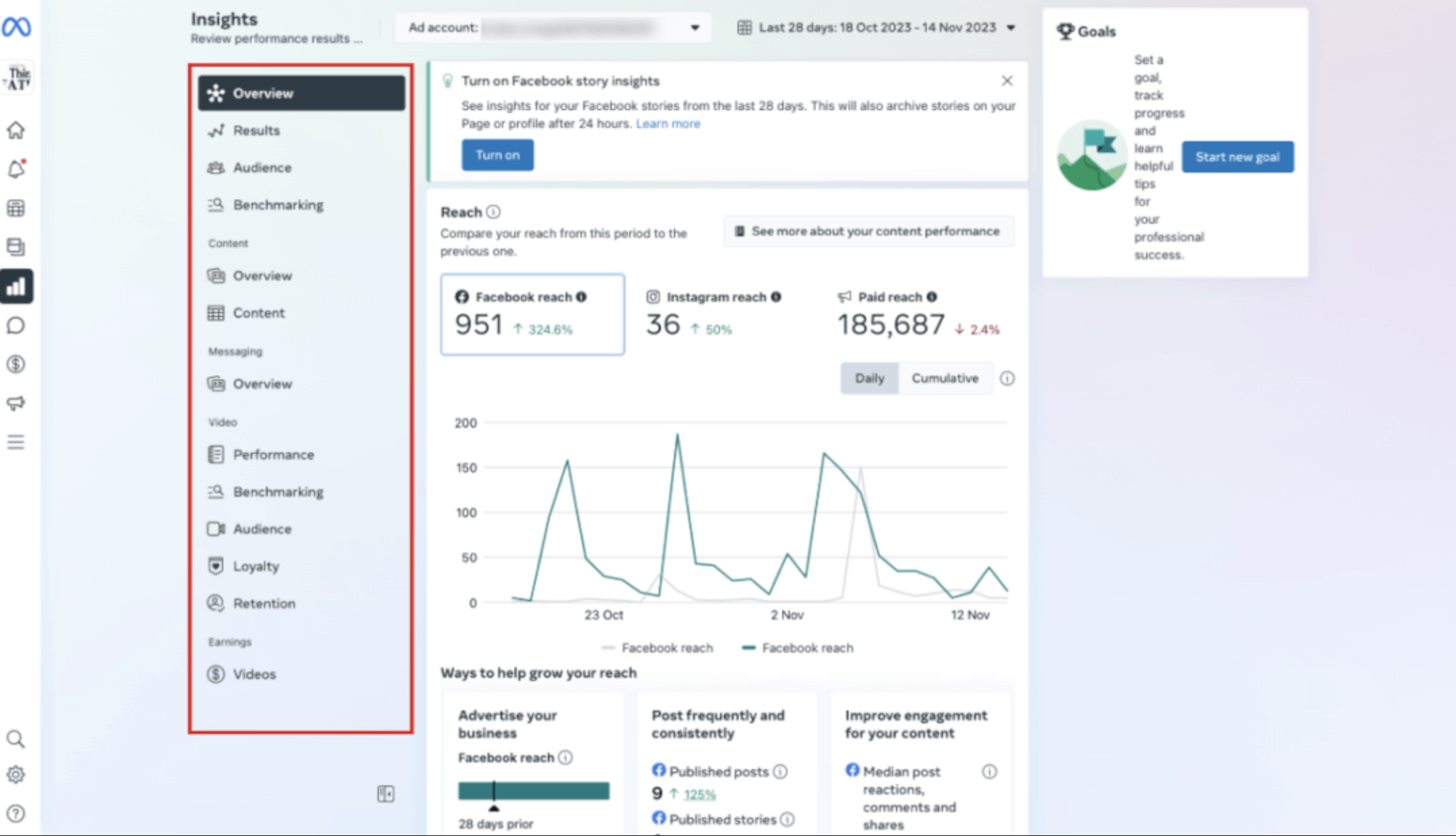 Platforms like X (Twitter) Analytics, LinkedIn Analytics, and Meta Business Suite offer insights into your social media campaigns. They provide data on engagement, click-through rates, and conversions. Use this data to measure the ROI of your social media marketing efforts.
Platforms like X (Twitter) Analytics, LinkedIn Analytics, and Meta Business Suite offer insights into your social media campaigns. They provide data on engagement, click-through rates, and conversions. Use this data to measure the ROI of your social media marketing efforts.
Marketing Attribution Software
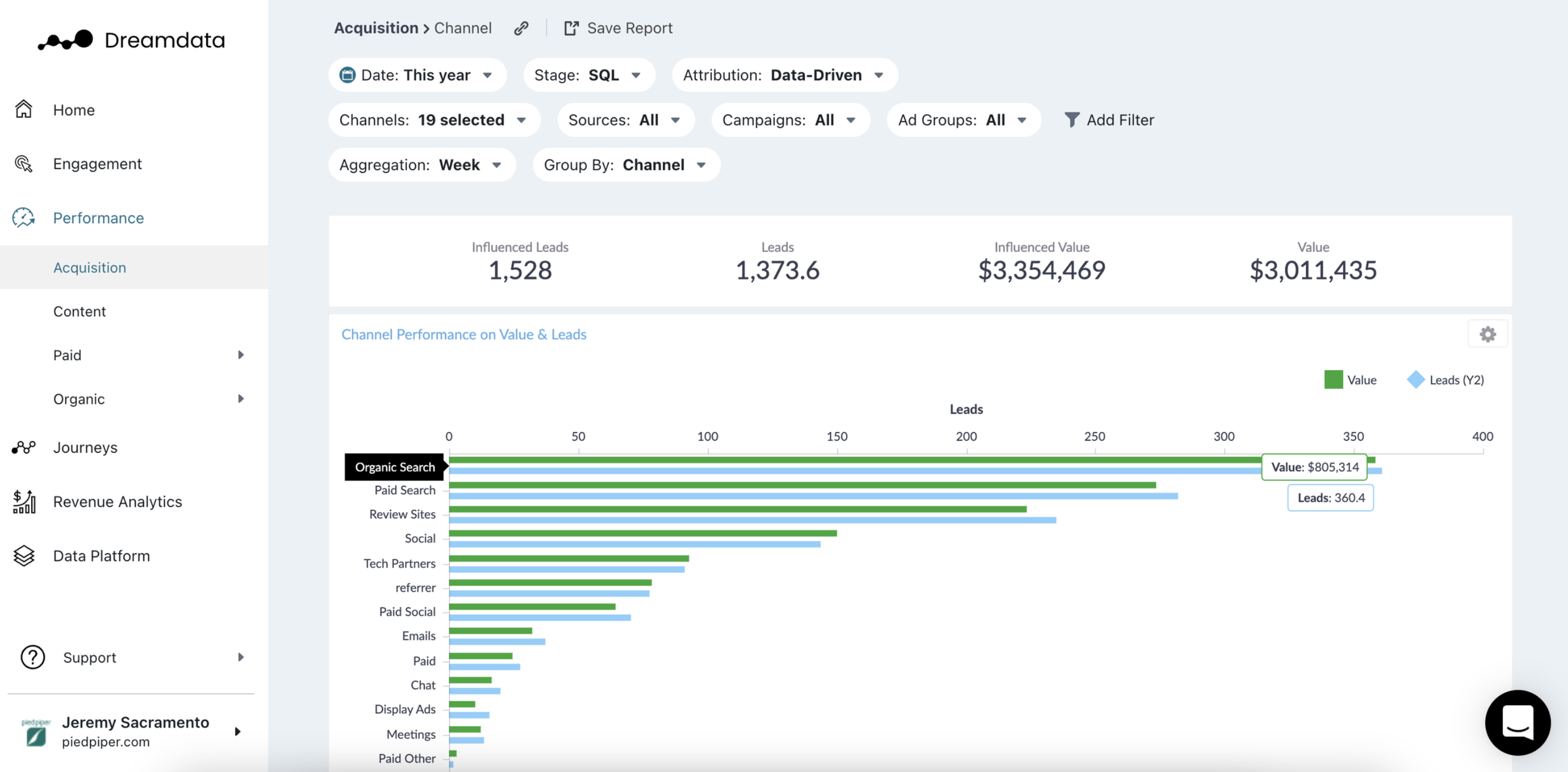 Tools like Bizible, Funnel, and Dreamdata offer advanced marketing attribution. They track and attribute revenue across multiple touchpoints and channels. These platforms use data-driven attribution models to show your total marketing ROI. Here's a quick comparison of the tools mentioned for ROI tracking:
Tools like Bizible, Funnel, and Dreamdata offer advanced marketing attribution. They track and attribute revenue across multiple touchpoints and channels. These platforms use data-driven attribution models to show your total marketing ROI. Here's a quick comparison of the tools mentioned for ROI tracking:  Using these tools, you can streamline data collection, automate reporting, and gain deeper insights into your marketing campaigns’ impact. This empowers you to make data-driven decisions, optimize strategies, and maximize your return on investment.
Using these tools, you can streamline data collection, automate reporting, and gain deeper insights into your marketing campaigns’ impact. This empowers you to make data-driven decisions, optimize strategies, and maximize your return on investment.
Final Thoughts
Regularly measuring your marketing ROI is crucial. Align goals and KPIs with business objectives, set benchmarks, and use tracking tools to keep things organized. Regularly assess your ROI across different channels, refining your strategies based on real data. By consistently evaluating your marketing ROI, you can ensure your marketing efforts deliver a positive return on investment and drive long-term business growth.
FAQs
How do you calculate marketing ROI?
To calculate your marketing ROI, use this formula: Marketing ROI = (Revenue - Marketing Cost) / Marketing Cost Here's an example:  This means for every $1 you spent on marketing, you made $3.80 in revenue. A 380% ROI indicates your marketing efforts were profitable.
This means for every $1 you spent on marketing, you made $3.80 in revenue. A 380% ROI indicates your marketing efforts were profitable.
What is a good ROI for marketing?
A good marketing ROI is typically a 5:1 ratio or higher. This means you generate at least $5 in revenue for every $1 spent on marketing. Here are some examples of good marketing ROI ratios:  An ROI below 2:1 (or 200%) is generally considered unprofitable, as the costs may outweigh the returns. Keep in mind that the ideal target ROI can vary based on factors like your industry, overhead costs, and profit margins. However, a 5:1 ratio or higher is a good benchmark for effective marketing campaigns.
An ROI below 2:1 (or 200%) is generally considered unprofitable, as the costs may outweigh the returns. Keep in mind that the ideal target ROI can vary based on factors like your industry, overhead costs, and profit margins. However, a 5:1 ratio or higher is a good benchmark for effective marketing campaigns.

